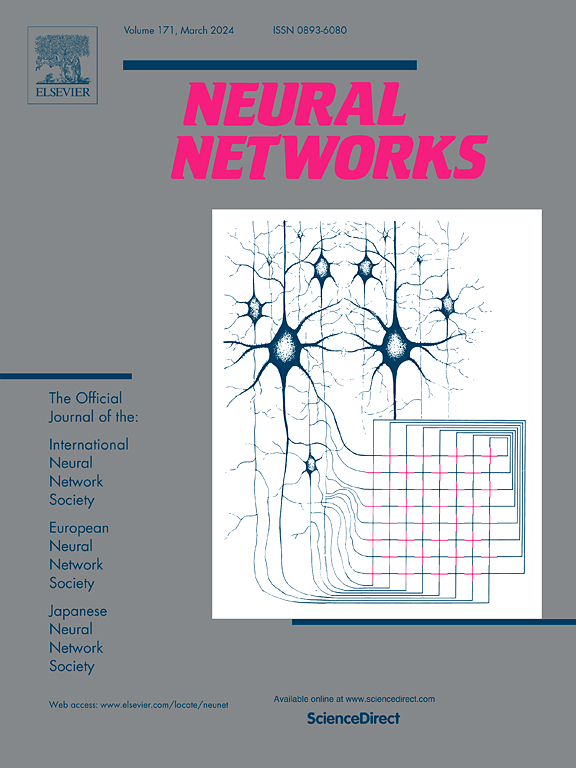Sharpening semantic gradient in a planarized sentence representation
IF 6
1区 计算机科学
Q1 COMPUTER SCIENCE, ARTIFICIAL INTELLIGENCE
引用次数: 0
Abstract
Mapping a sentence into a two-dimensional representation has the advantage of unfolding nested semantic structures in a sentence and encoding the interaction between tokens. In the planarized sentence representation, neighboring elements denote overlapped linguistic units in a sentence. An important phenomenon is that the semantic information of a true linguistic unit may penetrate neighboring elements, which blurs the semantic edge of a linguistic unit and disturbs the planarized sentence representation. Therefore, sharpening the semantic gradient helps aggravate semantic information from neighborhoods and depressing noises in neighboring elements. This paper reveals the mechanism of sharpening semantic gradient in the planarized sentence representation. Our method is evaluated on six evaluation datasets. The results show impressive improvement on three information extraction tasks. The success indicates that representing and processing sentences in a two-dimensional representation has a great potential to decode the sentential semantic structure and support sentence-level information extraction. Our code to implement the model is available at: https://github.com/caiwyang/Semantic_Gradient.
平面化句子表示中语义梯度的锐化
将句子映射为二维表示具有展开句子中嵌套语义结构和编码标记之间交互的优点。在平面化句子表示中,相邻元素表示句子中重叠的语言单位。一个重要的现象是,一个真实的语言单元的语义信息可能会穿透相邻的元素,从而模糊了语言单元的语义边缘,扰乱了平面化的句子表示。因此,对语义梯度进行锐化可以强化邻域的语义信息,抑制邻域元素的噪声。本文揭示了平面化句子表示中语义梯度增强的机制。我们的方法在六个评估数据集上进行了评估。结果显示,在三个信息提取任务上有了令人印象深刻的改进。这表明,以二维表示方式表示和处理句子在句子语义结构解码和支持句子级信息提取方面具有很大的潜力。我们实现模型的代码可在:https://github.com/caiwyang/Semantic_Gradient获得。
本文章由计算机程序翻译,如有差异,请以英文原文为准。
求助全文
约1分钟内获得全文
求助全文
来源期刊

Neural Networks
工程技术-计算机:人工智能
CiteScore
13.90
自引率
7.70%
发文量
425
审稿时长
67 days
期刊介绍:
Neural Networks is a platform that aims to foster an international community of scholars and practitioners interested in neural networks, deep learning, and other approaches to artificial intelligence and machine learning. Our journal invites submissions covering various aspects of neural networks research, from computational neuroscience and cognitive modeling to mathematical analyses and engineering applications. By providing a forum for interdisciplinary discussions between biology and technology, we aim to encourage the development of biologically-inspired artificial intelligence.
 求助内容:
求助内容: 应助结果提醒方式:
应助结果提醒方式:


